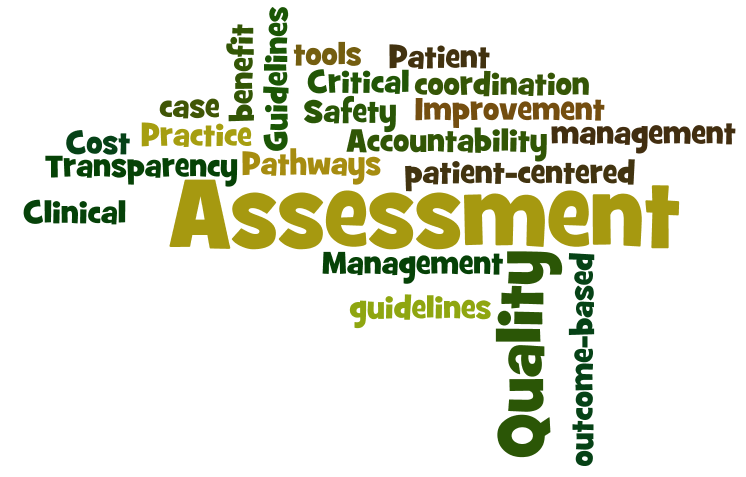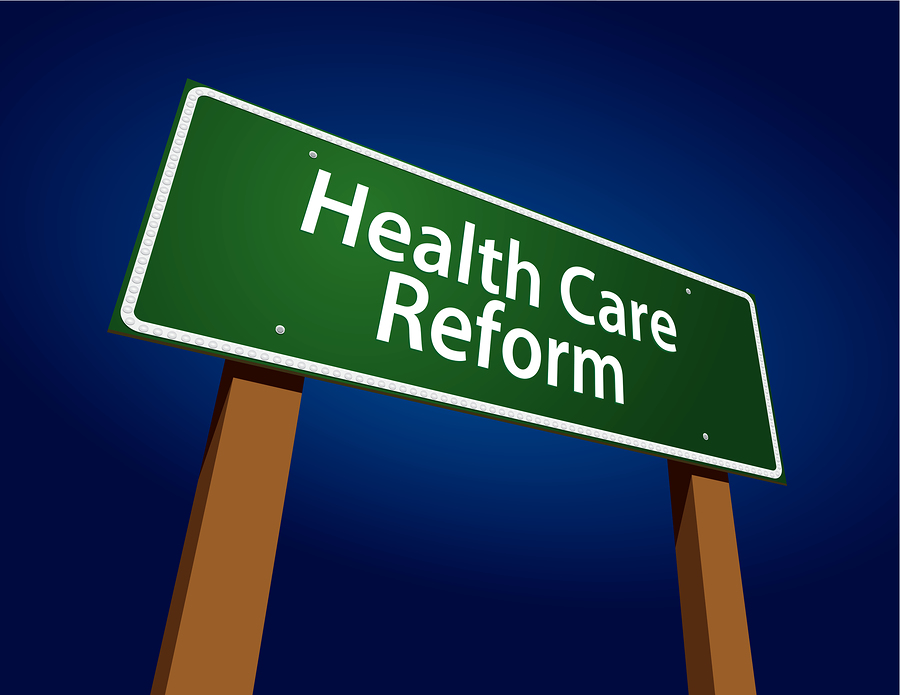An estimated 155 million individuals under the age 65 were covered under health insurance plans supplied by their companies in 2016. The Congressional Budget Plan Workplace (CBO) estimated that the medical insurance premium for single protection would be $6,400 and family coverage would be $15,500 in 2016. The yearly rate of boost in premiums has actually usually slowed after 2000, as part of the pattern of lower yearly health care cost increases.
This subsidy encourages people to buy more substantial protection (which puts upward pressure typically premiums), while also encouraging more young, healthy people to register (which positions downward pressure on premium prices). CBO estimates the net result is to increase premiums 10-15% over an un-subsidized level. The Kaiser Family Foundation approximated that household insurance premiums balanced $18,142 in 2016, up 3% from 2015, with workers paying $5,277 towards that cost and companies covering the remainder.
The President's Council of Economic Advisors (CEA) explained how annual expense increases have actually fallen in the company market given that 2000. Premiums for household coverage grew 5.6% from 2000-2010, however 3.1% from 2010-2016. The total premium plus approximated out-of-pocket expenses (i.e., deductibles and co-payments) increased 5.1% from 2000-2010 but 2.4% from 2010-2016.
The law is created to pay aids in the kind of premium tax credits to the individuals or households acquiring the insurance, based upon income levels. Greater earnings customers receive lower subsidies. While pre-subsidy prices increased substantially from 2016 to 2017, so did the subsidies, to decrease the after-subsidy cost to the customer. how does canadian health care work.
However, some or all of these expenses are balanced out by subsidies, paid as tax credits. For example, the Kaiser Foundation reported that for the second-lowest expense "Silver strategy" (a plan frequently chosen and used as the standard for identifying financial help), a 40-year old non-smoker making $30,000 annually would pay efficiently the very same quantity in 2017 as they did in 2016 (about $208/month) after the subsidy/tax credit, despite large increases in the pre-subsidy rate.
4 Easy Facts About What Is Socialized Health Care Explained
In other words, the aids increased along with the pre-subsidy price, totally balancing out the price boosts. This exceptional tax credit subsidy is separate from the expense sharing reductions subsidy stopped in 2017 by President Donald Trump, an action which raised premiums in the ACA marketplaces by an estimated 20 percentage points above what otherwise would have happened, for the 2018 plan year.
In addition, lots of staff members are choosing to combine a health savings account with greater deductible plans, making the effect of the ACA difficult to figure out precisely. For those who get their insurance through their company (" group market"), a 2016 study found that: Deductibles grew by 63% from 2011 to 2016, while premiums increased 19% and worker earnings grew by 11%.
For firms with less than 200 employees, the deductible balanced $2,069. The portion of workers with a deductible of at least $1,000 grew from 10% in 2006 to 51% in 2016. The 2016 figure drops to 38% after taking company contributions into account. For the "non-group" market, of which two-thirds are covered by the ACA exchanges, a survey of 2015 data discovered that: 49% had individual deductibles of a minimum of $1,500 ($ 3,000 for household), up from 36% in 2014.
While about 75% of enrollees were "very satisfied" or "rather satisfied" with their option of physicians and hospitals, only 50% had such fulfillment with their yearly deductible. While 52% of those covered by the ACA exchanges felt "well safeguarded" by their insurance, in the group market 63% felt that method.
prescription drug spending in 2015 was $1,162 per person on average, versus $807 for Canada, $766 for Germany, $668 for France, and $497 for the UK. The factors for greater U.S. health care expenses relative to other countries and over time are discussed by experts. Bar chart comparing health care costs as percentage of GDP across OECD nations Chart showing life span at birth and health care spending per capita for OECD nations since 2013.
Some Known Details About A Health Care Professional Is Caring For A Patient Who Is About To Begin
is an outlier, with much greater spending however second-rate life expectancy. U.S. health care expenses in 2015 were 16.9% GDP according to the OECD, over 5% https://edwingvkv290.hatenablog.com/entry/2020/11/04/042152 GDP higher than the next most expensive OECD nation. With U.S. GDP of $19 trillion, health care expenses had to do with $3.2 trillion, or about $10,000 per person in a nation of 320 million people.
Simply put, the U.S. would need to cut healthcare expenses by roughly one-third ($ 1 trillion or $3,000 per individual usually) to be competitive with the next most costly country. Healthcare costs in the U.S. was distributed as follows in 2014: Hospital care 32%; physician and clinical services 20%; prescription drugs 10%; and all other, consisting of lots of classifications separately making up less than 5% of costs.
Essential distinctions include: Administrative expenses. About 25% of U.S. health care costs relate to administrative expenses (e.g., billing and payment, rather than direct provision of services, materials and medicine) versus 10-15% in other countries. For instance, Duke University Healthcare facility had 900 medical facility beds however 1,300 billing clerks. Assuming $3.2 trillion is invested in healthcare each year, a 10% savings would be $320 billion per year and a 15% savings would be nearly $500 billion per year.
A 2009 research study from Rate Waterhouse Coopers approximated $210 billion in savings from unneeded billing and administrative costs, a figure that would be considerably higher in 2015 dollars. Cost variation across health center regions. Harvard economist David Cutler reported in 2013 that approximately 33% of health care costs, or about $1 trillion per year, is not related to improved outcomes.
In 2012, average Medicare compensations per enrollee ranged from an adjusted (for health status, earnings, and ethnic background) $6,724 in the most affordable costs area to $13,596 in the highest. The U.S. invests more than other countries for the same things. Drugs are more expensive, medical professionals are paid more, and suppliers charge more for medical devices than other countries.


Top Guidelines Of How Much Does Medicare Pay For Home Health Care
costs on doctors per person is about five times higher than peer nations, $1,600 versus $310, as much as 37% of the gap with other countries. This was driven by a greater usage of professional medical professionals, who charge 3-6 times more in the U.S. than in peer nations. Greater level of per-capita earnings, which is associated with greater healthcare costs in the U.S.
Hixon reported a study by Princeton Teacher Uwe Reinhardt that concluded about $1,200 per individual (in 2008 dollars) or about a 3rd of the gap with peer nations in health care costs was due to higher levels of per-capita earnings. Higher earnings per-capita is associated with utilizing more systems of healthcare.
The U.S. consumes 3 times as many mammograms, 2.5 x the number of MRI scans, and 31% more C-sections per-capita than peer nations. This is a blend of greater per-capita income and higher use of professionals, to name a few elements. The U.S. government steps in less actively to require down prices in the United States than in other countries.